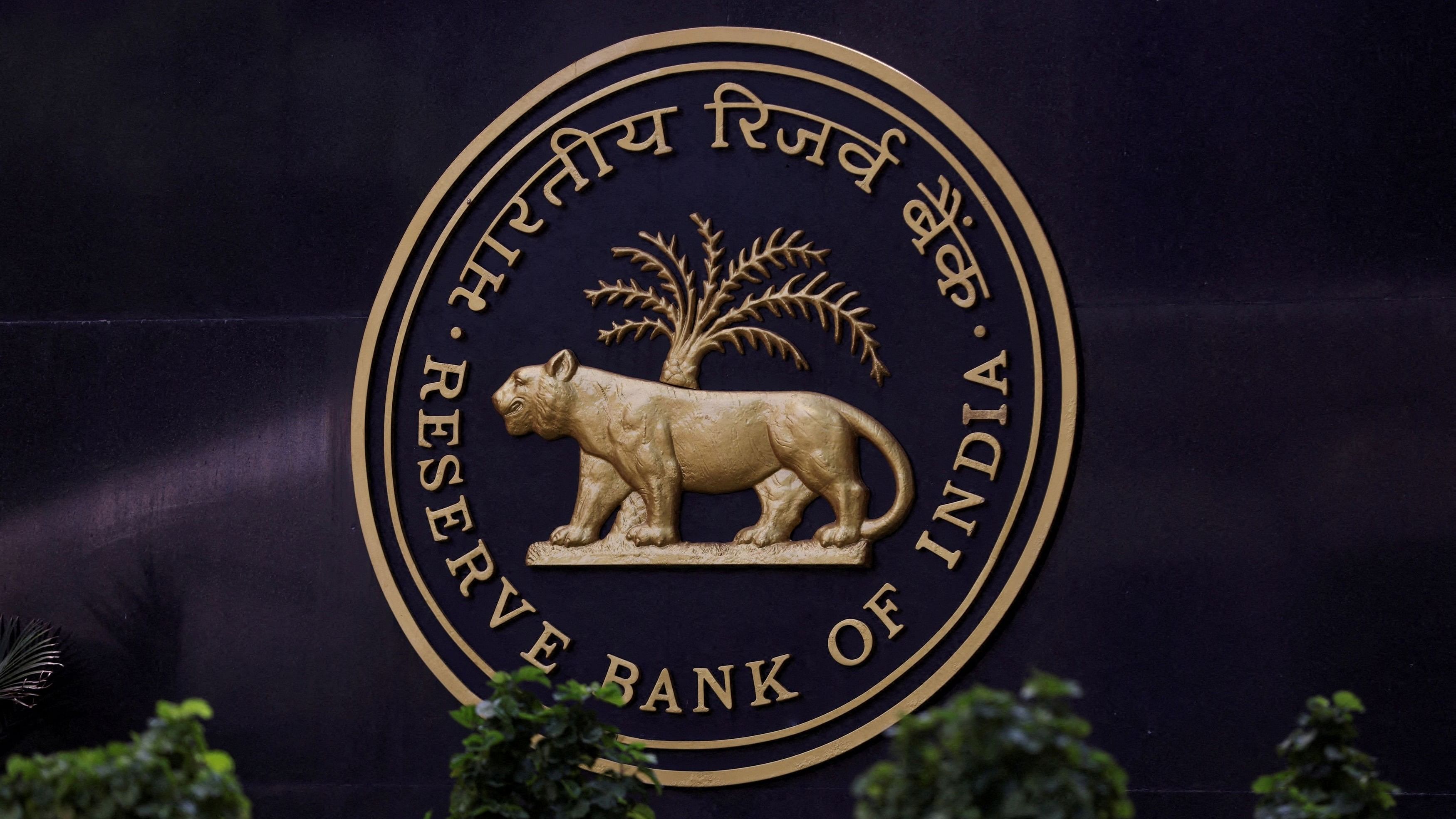
Reserve Bank of India.
Credit: Reuters File Photo
Triggered by the Reserve Bank of India (RBI) raising the incremental cash reserve ratio (I-CRR), a few public sector banks, including Bank of Baroda, Canara Bank and Bank of Maharashtra, have hiked their marginal cost of funds-based lending rates (MCLR or the individually set minimum lending rate by an institution).
However, given that the biggest chunk of retail borrowing is contributed by home loans that are largely based on floating interest rates, the overall credit growth will not be hit by this intervention, say bankers and other financial experts.
With food inflation turning into a serious worry, RBI’s monetary policy committee chose to increase the I-CRR by 10 per cent for a fortnight, starting August 12.
What this means is that banks will have to park 10 per cent of their inflow of net demand and time liabilities (NDTL) or simply put - their deposits, between May 19 and July 28, with the apex bank.
Announcing the measure on August 10, RBI governor, Shaktikanta Das, reasoned that the idea is to rein in inflation while not impairing economic growth.
This move is expected suck out over Rs 1 lakh crore of liquidity from the system, given that incremental NDTL (deposits) with scheduled commercial banks during the mentioned period was Rs 10 lakh crore.
According to Ecowrap - the internal economic research wing of State Bank of India, this will effectively take out 0.3 per cent of the current NDTL with all scheduled commercial banks. The current durable liquidity (inclusive of government surplus cash balances of Rs 1.8 lakh crore) which stood at Rs 3.6 lakh crore, will now shrink to Rs 2.6 lakh crore.
The muted impact of the raised MCLR on retail borrowers is argued on the premise that most of them are on home loans which are driven by external benchmark-based lending rate (EBLR).
Further, since RBI brought on the pause in repo rate hike in February, most banks have been inching up their MCLR, as they are still catching up with the 250 basis points rise in repo rate, the apex bank effected in the preceding months.
“At IDBI Bank, we have also raised 1-year MCLR in the range of 30-35 basis points since February this year,” says Arun Bansal, Treasury Head of IDBI Bank.
The raising of one-year tenor MCLR will have direct bearing on equated monthly instalment (EMIs) related to consumer loans and fixed-rate home loans.
At both Bank of Baroda and Canara Bank, the one-year MCLR has been revised from 8.65 per cent to 8.70 per cent with effect from August 12. At Bank of Maharashtra, however, it was a 10 bps raise to 8.6 per cent, with effect from August 10.
“The impact of the recent I-CRR is already seen with an increase in overnight rates. Will that impact credit growth ahead of the festive season? Unlikely. Given that there is adequate liquidity and incremental pass through will be very small, it should not impact credit growth in any meaningful fashion,” observed Anitha Rangan, economist at the wealth management firm Equirus Capital.
Of course, if the inflation persists and there is further tightening of liquidity in the long term, the sustained rise in MCLR will start affecting the ones presently immune to it (read: those on floating interest rate).
Having said that, a closer look at the inflation data shows that core inflation has come down slightly in July and the current surge in consumer price index is largely fuelled by vegetable prices and Das did indicate that he would be comfortable to look past them in the short term.
Talking to DH, Ravi Ranjit, Senior Vice President and Head, Corporate Planning, Federal Bank, noted, “However, even in an unlikely event of RBI deciding to raise interest rates around the festive season, we do not see a dampening effect on the credit growth for banks as the underlying demand seems to be robust, both for retail and industry.”
As things stand, RBI will be reviewing the situation in the first week of September. Biju Punnachalil, Chief Risk Officer, South Indian Bank said, “RBI is likely to withdraw the measure once the system liquidity reaches adequate level on a sustainable basis.”
However, if the measures extended for a prolonged period, especially during the time of advance tax outflow and cash outflow in festive season, it may impact the liquidity and in turn impact credit intake, he added.